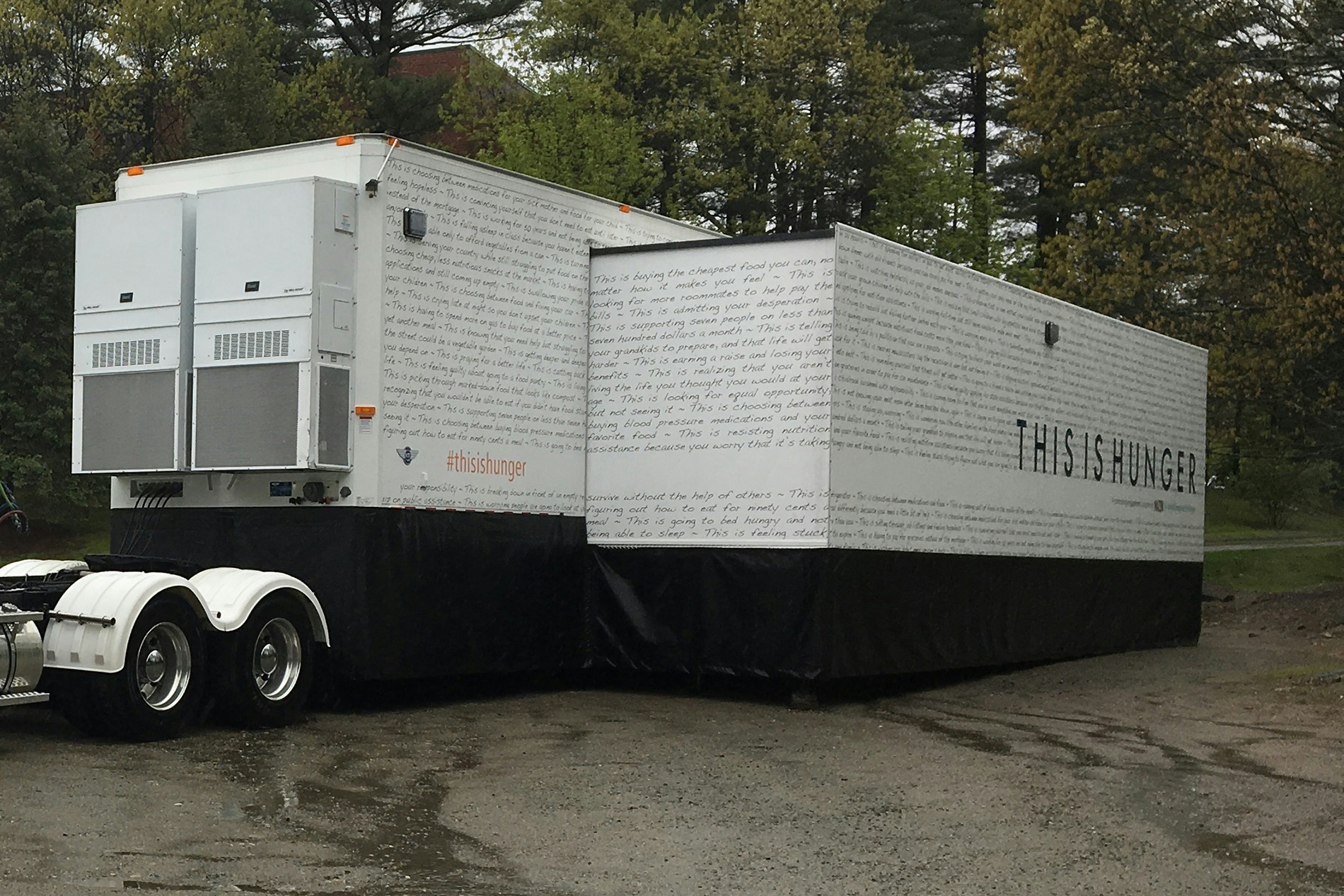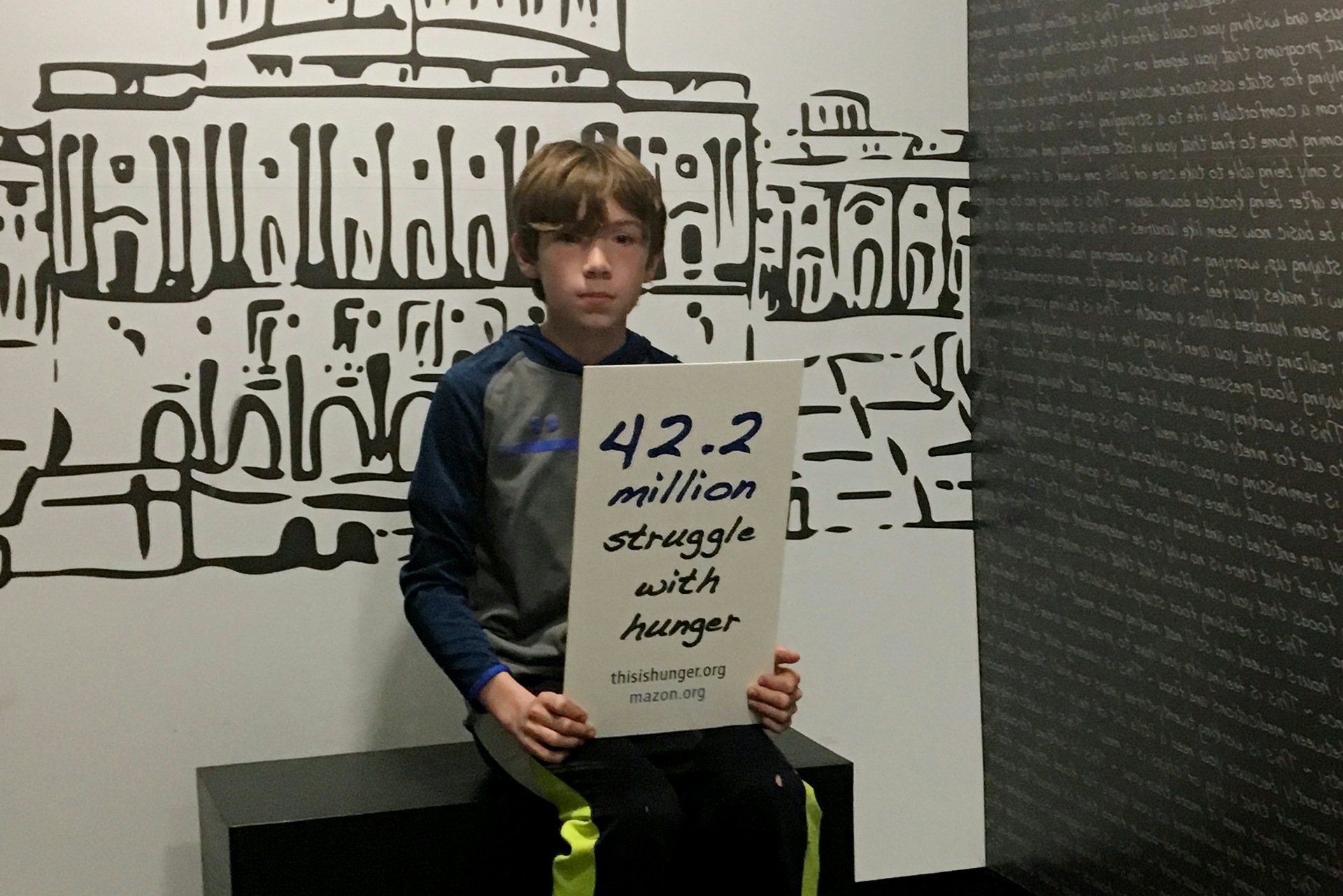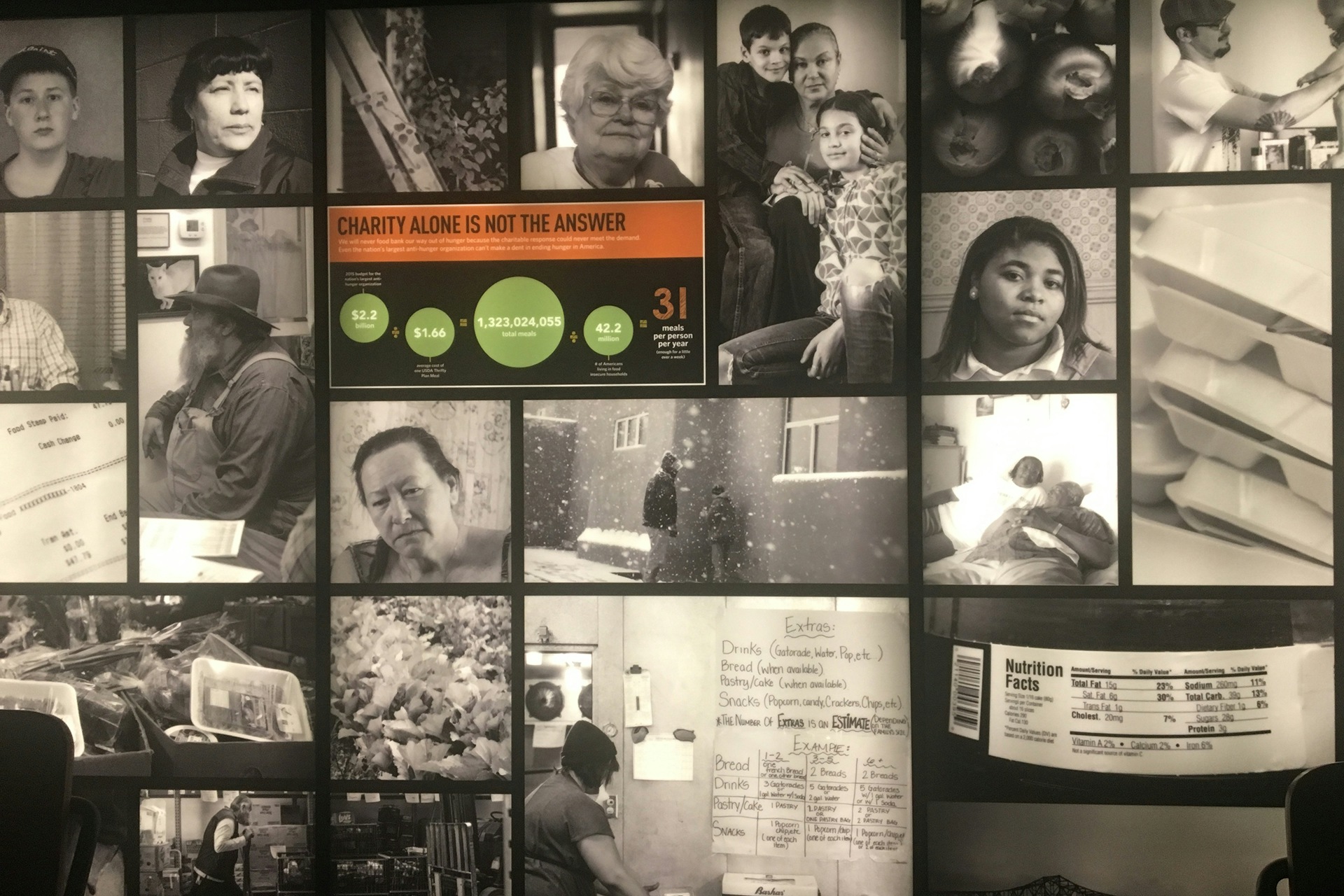By Becca Connors
June 28, 2017
About a year ago we kicked off a new website project for our long-time client MAZON: A Jewish Response to Hunger. They had an ambitious plan in the works: create an interactive experience inside an expandable truck and send it across the country to raise awareness about the prevalence and impact of hunger in our country (with over 40 million food insecure people in the U.S., the problem remains largely invisible). The organizational goal was to get more people engaged with MAZON and their efforts to do advocacy work on behalf of those who suffer from hunger and food insecurity. MAZON hired us to build a website where people could find out more about the tour, reserve free tickets, and take action via online petitions, donations, and social media posts.

In November 2016 we launched the new This Is Hunger website. We designed the site with a younger audience in mind: dynamic content, stories intermingled with powerful stats, curated social media feeds, embedded petitions, calls to donate, and a dynamic tour map connected to ticketed events on EventBrite.
The tour has been excellent for MAZON in engaging with old and new audiences: visitor reviews have been outstanding and widespread; 80% of visitors have taken action by signing petitions on the website, donating to MAZON, and/or posting images to social media; many of MAZON’s lapsed relationships have been reinvigorated, and new ones have been forged; and they continue to expand the tour to more locations in the U.S.
Most organizations don’t get to go on the road to come face to face with their national audience. The opportunity is tremendous, and the impact is deep and lasting. The challenge, then, is to reach your audiences in other targeted ways. It’s a challenge bounded by time and cost. Strategy is critical, opportunity is endless, and engagement is the metric by which we gauge success.
I got the chance to engage directly with MAZON in a new way through this project. I took my family to visit the exhibit at 9am on a cold and rainy New England morning. Maya and Craig, who worked the event, were gracious and allowed us in a few minutes early so I could snap a few shots before others started to arrive.

The space was quiet and dimly lit. The level of finish was beautiful. It conveyed exactly what I would expect in terms of mood: serious, somber, important. At the back of the truck was a small curtained room with a mirror at one end and a bench at the other end facing the mirror. Stacked against the side wall were signs — with such sentiments as “We can end hunger” and “Together we can transform how it is to how it should be” — that could be held up in the mirror for photos and selfies; signs were printed backward on one side for readability in the mirror. My children acted appropriately, thankfully, and began interacting with the mirror and signs immediately.
At 9:05am they asked us to sit down at a long table where we were joined by other visitors. At each end of the table was a video screen that showed images food-insecure Americans with with their voices talking about their own experiences with hunger. My children were moved. I was moved.

The video lasted 14 minutes, and then we had a chance to work with the kids on a SNAP activity: choose 1 item each from 5 food groups, and spend no more than $1.40 per meal. Here is what we found out:
- Blueberries, Greek yogurt, salmon, and ground beef or turkey were too expensive for our budget.
- White bread and pasta were great filler options.
- Green beans, kale, and lettuce were inexpensive, but not their favorites.
Very quickly we started to realize how limited their diets would be, and how difficult it would be to get the nutrition we needed to lead healthy, productive lives. I imagined I would grow weary of the exercise day after day. My children and I are all still processing this experience.
MAZON is an organization with a mission I believe in, and the experience of This Is Hunger is powerful. Even better, they have managed to reach the hearts and minds of my 10- and 8-year-old sons, and many others. Much of the project’s success can be tracked through website analytics, donations, petition signatures, and social media posts. Some impact, however, is more personal and longer term. It involves shifting the lens, conveying truths and disposing of misconceptions, and making a name for an organization. The metrics give a snapshot of the past and present.
MAZON took a bold step to create an interactive traveling exhibit inside a truck and send it across America to tell the story of hunger in America (and their work to end it). The combined physical and digital experience has been successful in engaging with new audiences and reinforcing engagement with existing audiences.
